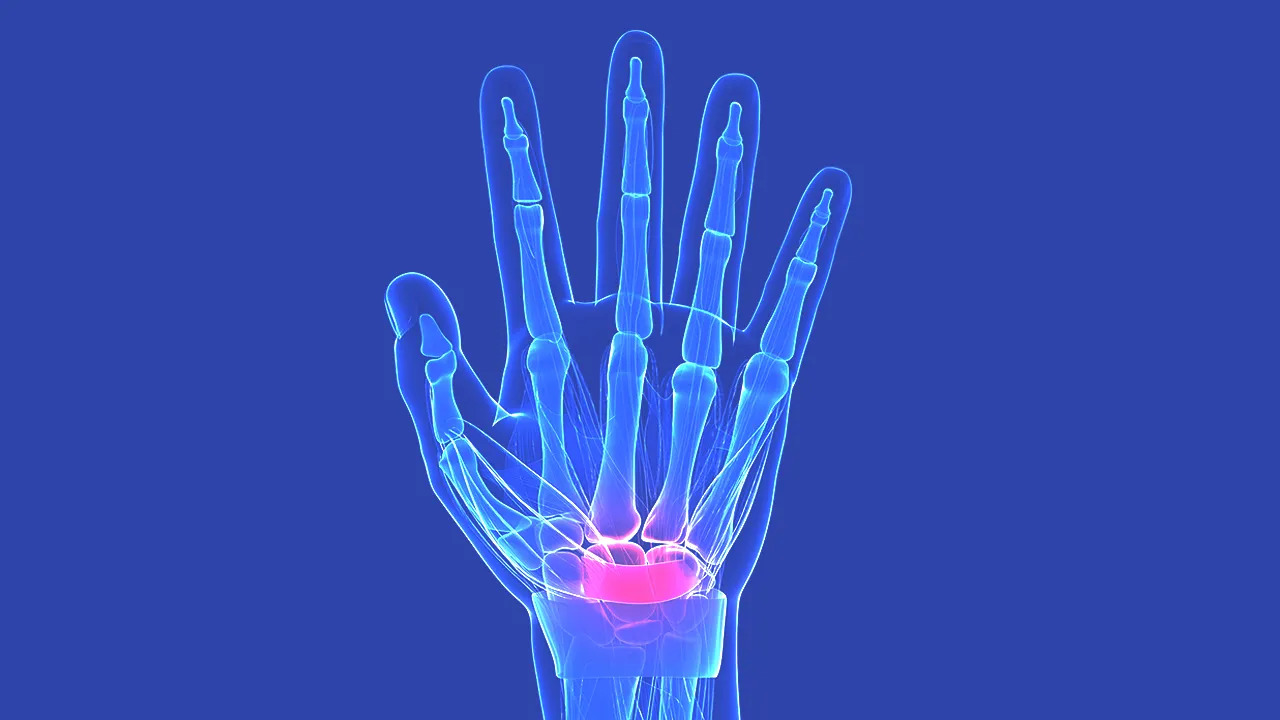Carpal Tunnel Syndrome (CTS) is a condition that affects the hand and wrist and is caused by the compression of the median nerve that runs through the carpal tunnel in the wrist. It is a common condition that affects millions of people worldwide and can cause pain, numbness, and tingling in the affected hand.
The carpal tunnel is a narrow passageway in the wrist comprising bones, ligaments, and tendons. The median nerve runs through this tunnel, along with tendons that allow the fingers to move. When the tendons become inflamed or swollen, they can pressure the median nerve, causing CTS.
Factors Contributing to the Development of Carpal Tunnel Syndrome:
• Repetitive hand movements: People who perform repetitive hand movements, such as typing, sewing, or playing an instrument, are at a higher risk of developing CTS.
• Injury: A wrist injury, such as a fracture or sprain, can cause swelling and inflammation that can compress the median nerve.
• Medical conditions: Certain medical conditions, such as diabetes, arthritis, and thyroid disorders, can increase the risk of developing CTS.
• Pregnancy: Hormonal changes during pregnancy can cause swelling and fluid retention, which can compress the median nerve.
• Pain: Pain in the wrist, hand, or forearm is a common symptom of CTS. The pain may be dull or sharp and may be worse at night.
• Numbness: Numbness or tingling in the fingers, particularly the index, middle, and ring fingers, is another common symptom of CTS.
• Weakness: Weakness in the hand or wrist may occur, making it difficult to grip or hold objects.
• Reduced range of motion: Some people with CTS may experience a reduced range of motion in the affected hand or wrist.
There are several treatment options for CTS, depending on the severity of the condition.
• Resting and immobilizing the affected hand with a splint or brace can help reduce inflammation and relieve pressure on the median nerve.
• Physical therapy exercises can help strengthen the muscles in the hand and wrist, reducing pressure on the median nerve.
• Nonsteroidal anti-inflammatory drugs (NSAIDs) can help reduce pain and inflammation in the affected hand or wrist.
• Corticosteroid injections can help reduce inflammation and relieve pain in the affected hand or wrist.
• Surgery, in severe cases, may be necessary to relieve pressure on the median nerve. During surgery, the ligament pressing on the median nerve is cut, allowing the nerve to heal.
• Frequent breaks of repetitive hand movements.
• Maintaining good posture.
• Ergonomic equipment, such as a keyboard or mouse, can help reduce strain on the hands and wrists.
• Regular exercise can help improve muscle strength and flexibility, reducing the risk of developing CTS.
Carpal Tunnel Syndrome is a common condition affecting millions of people worldwide. It is caused by the wrist’s compression of the median nerve and can cause pain, numbness, and tingling in the affected hand. Treatment options include rest and immobilization, physical therapy, medications, corticosteroid injections, and surgery. Developing CTS could be reduced by taking frequent breaks, using proper posture, using ergonomic equipment, and staying active.

Comments are closed.